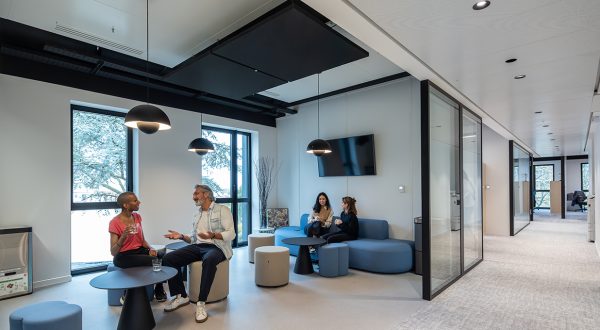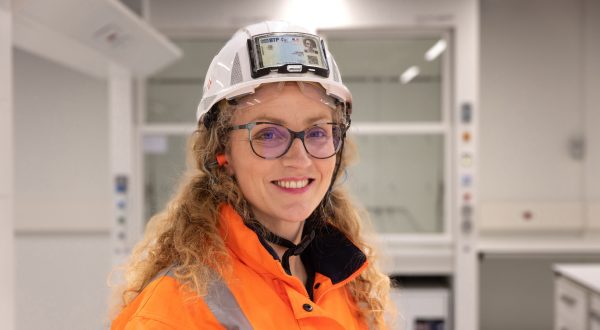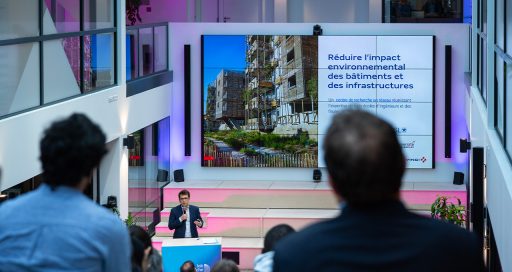The Belgian government has launched a major overhaul of its hospital system, involving mergers, upgrades and savings. Something that should result in large contracts for construction and maintenance professionals in the medium term.
![]()
The major changes shaking up the healthcare system in France – in other words the ageing of the population, the increase in chronic diseases, developments in medical technologies and the depletion of public resources – present a challenge to most European public policies. In Belgium, for example, the government took up the issue in 2014, launching a reorganisation of its hospital landscape and a reform of healthcare facility financing.
“The government is committed to setting up 25 ‘loco-regional clinical networks’, bringing together private, public, faith-based, non faith-based, university and general hospitals according to geographic coverage criteria,” explains Marc Lemaire, CEO of VINCI Energies Belgium, an active player in the health sector and involved in almost all of the country’s hospital projects.
Fewer beds, more theatres
The merger and upgrade programme, in place for the past 5 years, seeks to meet two main objectives. First, to streamline a hospital network with a number of ageing facilities. And second, to ensure that the network, parts of which are heavily loss-making, returns to financial equilibrium.
The increase in the number of operating theatres “inevitably goes hand in hand with more technically complex requirements throughout the special building technology service chain.”
Driving this strategy – in a country that has a higher bed-to-population ratio than many of its neighbours – is the development of outpatient care. Hospitals are set to become operating machines. Those that used to house 1,000 beds and 10 operating theatres will in future have 500 beds and 40 theatres.
“This trend inevitably goes hand in hand with more technically complex requirements throughout the special building technology service chain: air conditioning, ventilation, heating, sanitary plumbing, electrical services, maintenance and of course digitisation (data flow and medical record management),” stresses Fabrice Montesi, managing director for the buildings sector within VINCI Energies Belgium.
Smarter, more comfortable hospitals
Energy performance requirements (combined heat and power, heat loss limitation, monitoring) must also incorporate a user-friendly dimension in hospitals: rooms and lounges equipped with smart technology, air conditioning and modular options that can be operated centrally and by the users themselves. For example, the maternity unit of the Grand Hôpital de Charleroi (GHdC) hospital recently added ultra-connected rooms, with access to HDTV, video games, the internet, medical information, an automation system, lighting that follows the circadian sleep-wake cycle and a wall bed allowing friends or family to spend the night with a patient.





